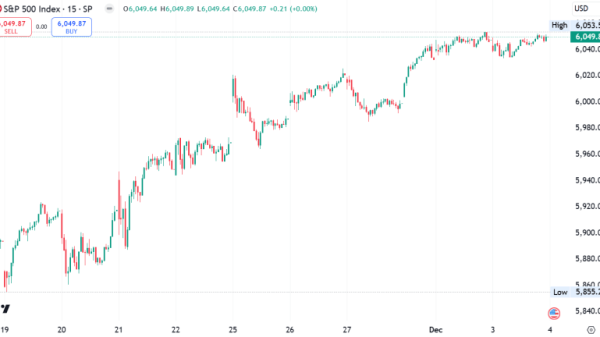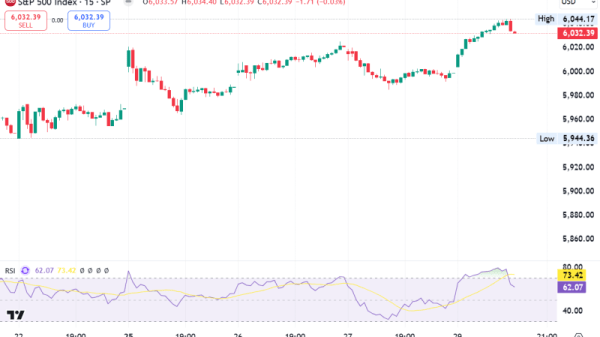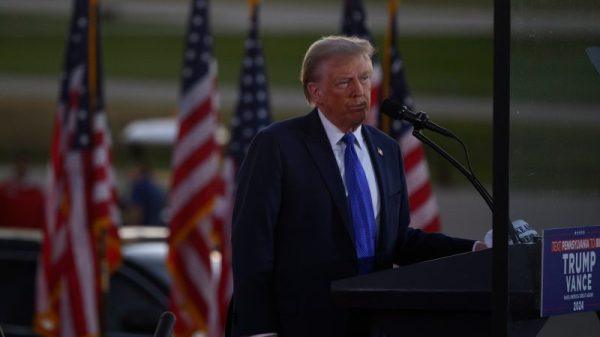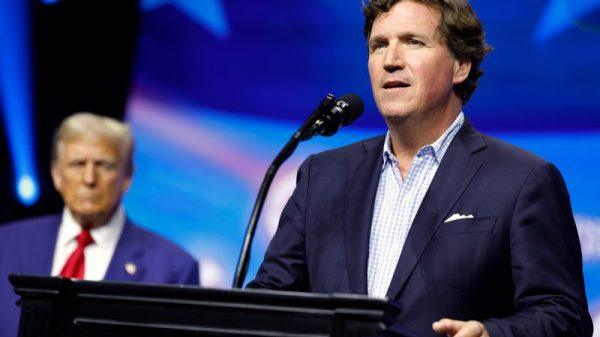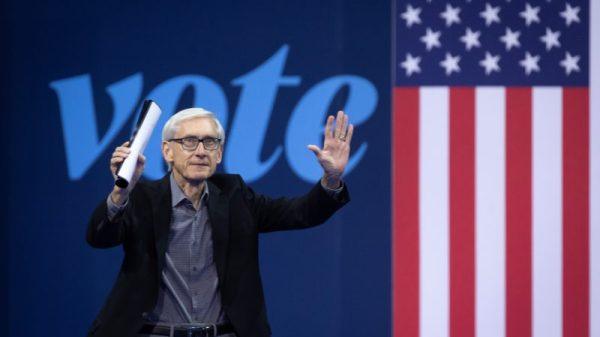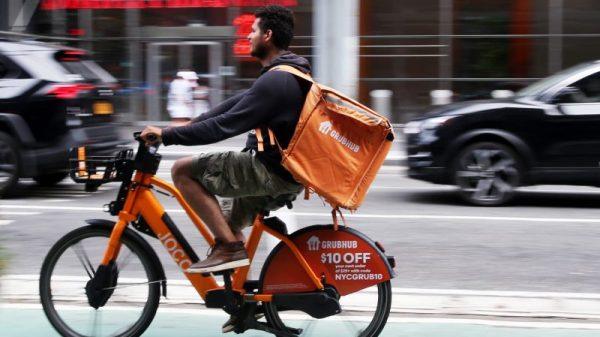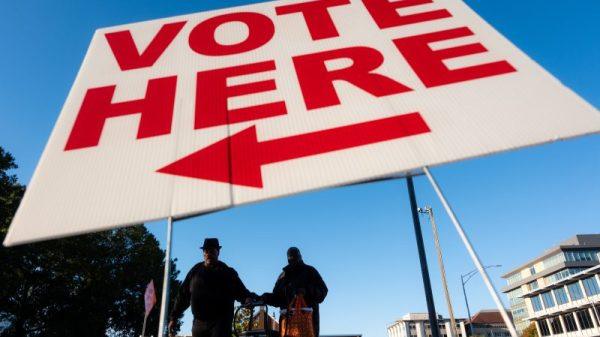NINGDE, China (Reuters) – Robin Zeng, the billionaire founder of CATL, aims to reinvent the world’s largest battery maker as a green-energy provider and to slash the cost of developing electric vehicles, upending the economics of the industry that has powered its growth.
Zeng told Reuters in an interview that he expects the business of developing and managing “zero carbon” electric grids could be “ten times” larger than supplying electric-vehicle batteries, a market CATL now leads with a 37% global share. CATL, he said, aims to build independent energy systems big enough to power a massive data center or even a city.
In a separate strategic move, CATL plans to offer an off-the-shelf electric-car platform with a long-range battery integrated into a chassis. Customers could then launch their own customized EVs by designing only the interior and exterior. The goal, Zeng said, is to sharply cut EV development costs – to millions of dollars from billions – and open the industry to new competitors.
Zeng’s initiatives aim to unlock new growth for his 25-year-old enterprise, which got its first big break selling lithium-ion batteries for Apple’s iPod before pivoting to EVs in 2011 with a BMW (ETR:BMWG) supply deal.
CATL sold $40 billion worth of EV batteries last year, up from $33 billion a year earlier. Hitting Zeng’s goal for electric grids of tenfold revenue growth would put the battery maker on par with state oil giants Sinopec (OTC:SHIIY) and PetroChina, China’s largest companies.
CATL’s strategic pivots into electric grids and EV platforms have not been previously reported.
In an exclusive interview with Reuters on Nov. 7 outside CATL’s headquarters in the southern Chinese city of Ningde, Zeng also discussed the battery giant’s readiness to invest in the United States if President-elect Donald Trump opens the door; the path to profit for its European factories; and why the industry’s fixation on so-called solid-state batteries as the next big breakthrough is misplaced.
A GIANT ‘GREEN GRID’ MARKET
CATL’s energy-storage business grew 33% last year, outpacing its EV-battery business. But Zeng sees a much bigger opportunity for CATL by supplying green-grid systems including solar and wind power, dedicated storage and a smart system to draw power from parked EVs.
China has the world’s highest EV-adoption rates; EVs and hybrids have accounted for more than half of all new cars sold there in recent months.
CATL, Zeng said, can build a zero-emissions grid big enough to power a massive mining complex or a city. The firm aims to go well beyond energy-storage and into power generation, Zeng said.
“That’s huge compared to EVs,” he said.
The grids, and CATL management systems, could serve AI companies scrambling to secure green energy for data centers. CATL would partner with providers of solar panels and wind turbines, Zeng said.
“A lot of the data-center companies are asking me, ‘Hey, Robin, can you really do it 100% green?’” he said, noting they are often “giant” firms. “They have money, but they don’t have the technology.”
CATL plans a pilot project in the Democratic Republic of the Congo with CMOC Group, the Chinese mining company in which it holds a stake. The company is also working with Hainan, an island province off China’s southern coast, on a larger, longer-term project that would combine energy storage with solar and offshore wind turbines.
OFF-THE-SHELF EV PLATFORM
CATL supplies batteries for more than a third of electric or hybrid vehicles globally.
Now Zeng is pushing a new automotive offering – an EV chassis engineered by CATL with a battery capable of running more than 800 km (497 miles) on a single charge. The battery is integrated into the chassis in a way that protects it from damage in accidents, Zeng said.
That project, code-named “panshi”, or “bedrock” in Chinese, has not been formally announced but CATL has started marketing the platform to customers. Reuters reporters saw a demonstration version of the EV platform at CATL’s headquarters on display for customers and staff.
Zeng said the project could slash the cost of developing a new EV from billions of dollars to just $10 million. That could make a niche EV firm profitable by selling just 10,000 cars a year, Zeng said.
This would open the industry to new EV players in economies without established automakers, he said.
CATL has shown the “panshi” technology to Porsche for a potential luxury EV and to investors in the United Arab Emirates eager to start a local EV brand, Zeng said.
“We are not trying to go into making a car. Never,” Zeng said. “But we try to make everything ready for carmakers.”
CATL could even supply a 3D-printed body for the car, Zeng said.
CATL faces competition in the new market for ready-to-make EV platforms, including from Xpeng (NYSE:XPEV) and Shanghai-based engineering firm Launch Design.
OVERSEAS BATTERY PRODUCTION
In Europe, CATL has been working on a plan to build a jointly owned battery factory in Spain with Stellantis (NYSE:STLA). That deal could be finalized in January at the latest, Zeng said.
CATL operates a six-year-old factory in Germany, its first in Europe, and is building a new plant in Hungary. Zeng said those plants would be profitable in 2025 and 2026, respectively.
The larger Hungarian plant, which will start production next year, will produce 100 gigawatt hours of batteries on a sharply lower cost base than the plant in Germany, Zeng said.
The plants are part of a CATL plan to make batteries in Europe for automakers such as BMW, Stellantis and Volkswagen (ETR:VOWG_p).
Zeng said CATL’s European business is important in part because the region has prioritized the clean-energy transition. But he called the EU decision to impose tariffs of up to 45.3% on Chinese EV imports “stupid thinking.”
European automakers would be better off partnering with Chinese automakers, as Stellantis has with China’s Leapmotor (HK:9863), to bring lower-cost EVs or long-range hybrids to market, he said.
“In this battle, actually, China is more advanced,” Zeng said. “Why not learn from us?”
EU officials did not immediately respond to requests for comment.
LITHIUM MINING AND THE FUTURE OF BATTERIES
Zeng said he stopped production at a huge CATL lithium hub in the southern Chinese province of Jiangxi in September because the price of lithium carbonate fell, achieving his aim. He started the project in 2022 when prices were soaring.
CATL’s intervention was intended to “reduce the cost dramatically,” he said.
CATL has faced criticism in China from competitors and others who say its size gives it power over pricing of battery minerals or the ability to muscle out competitors.
Zeng said CATL was not aiming to drive rival miners out of business by pushing down lithium prices and recognized the need for a profitable supply chain. “As the big player in batteries, we want to maintain, or try our best to maintain oxygen for everyone,” Zeng said.
The reasoning for the production suspension has not been reported. CATL said it was making “adjustments” to production when it first announced the move in September.
CATL’s Yichun plant had also faced higher costs because of its reliance on a hard type of lithium ore, analysts have said.
Zeng also downplayed the potential of solid-state batteries as the next game-changing technology.
CATL has more than 20,000 staff in research, including 1,000 dedicated to solid-state batteries, which have been touted for years as a lighter, more powerful alternative to the current generation of EV batteries.
Zeng expects CATL to start a limited rollout of the technology in 2027. China’s government has also provided more than $830 million to fund research on solid-state batteries industry-wide.
But Zeng sees sodium-ion batteries as a better bet, potentially replacing up to half of the market for lithium-iron phosphate batteries that CATL now dominates. Unlike other battery materials, sodium is cheap and abundant, and the chemistry has the potential to reduce fire risks in EVs, experts have said.
CATL offers a sodium-ion battery that is paired with lithium-ion batteries for use in EVs.

